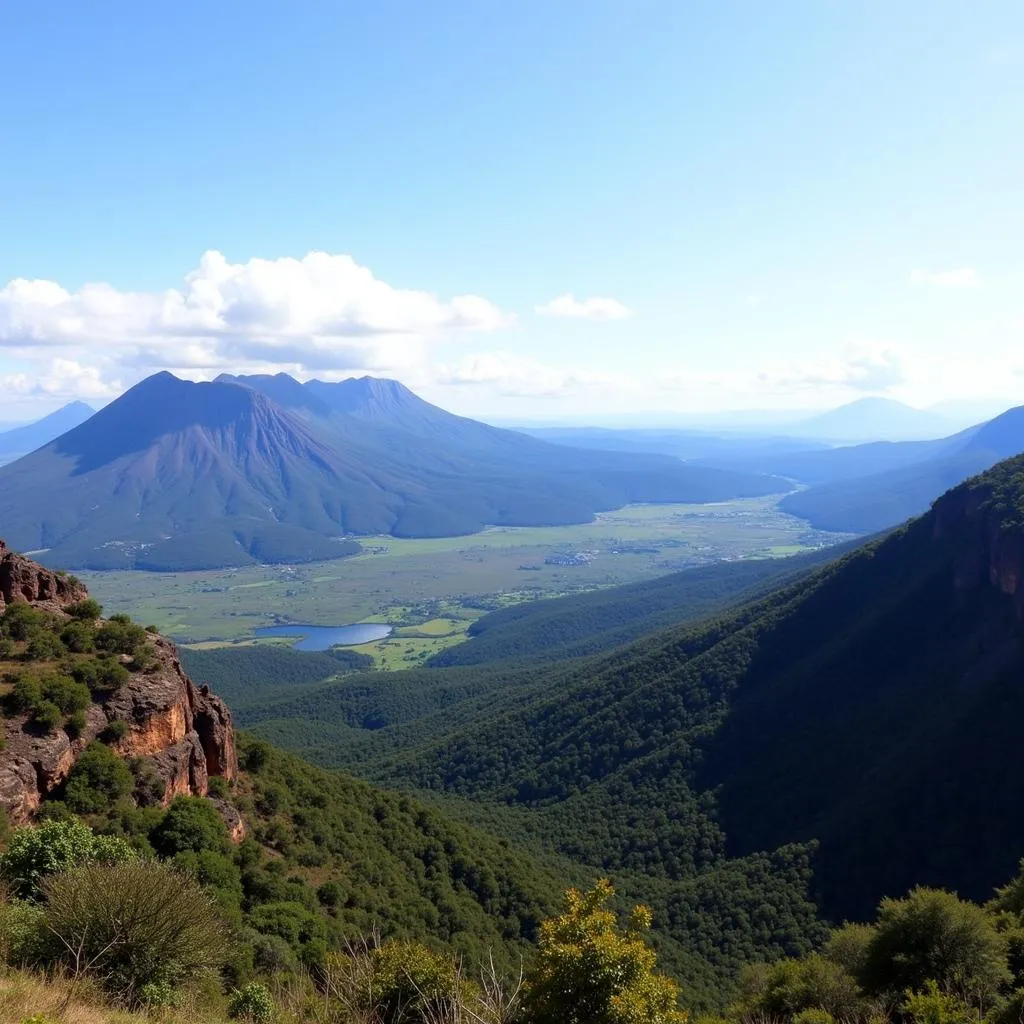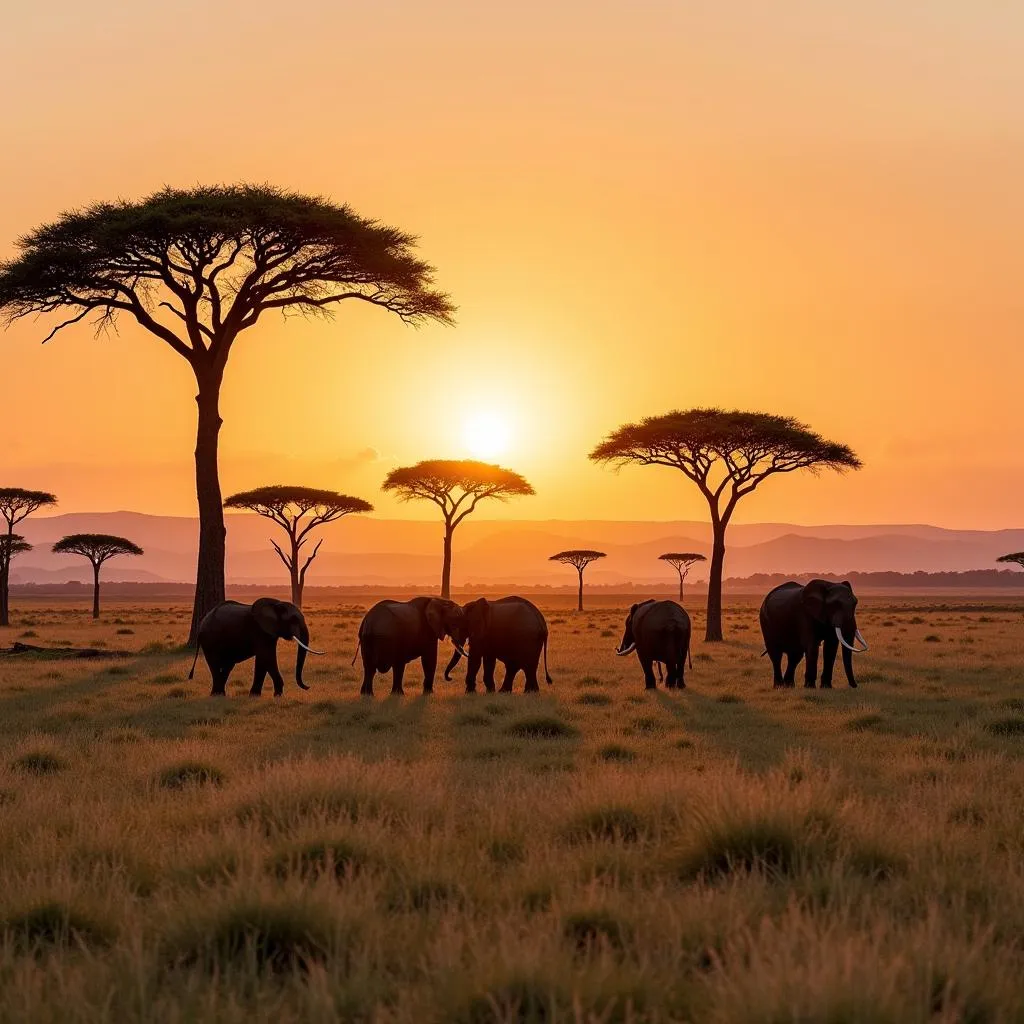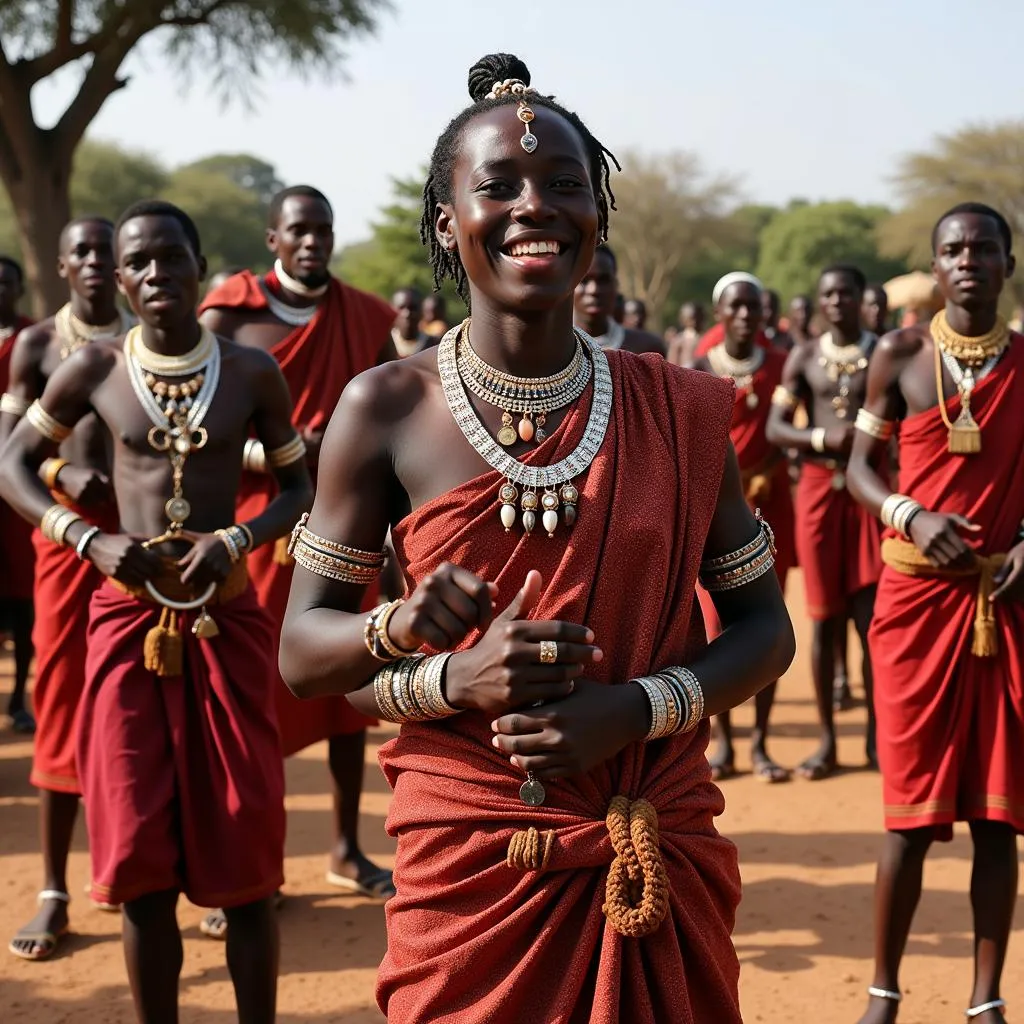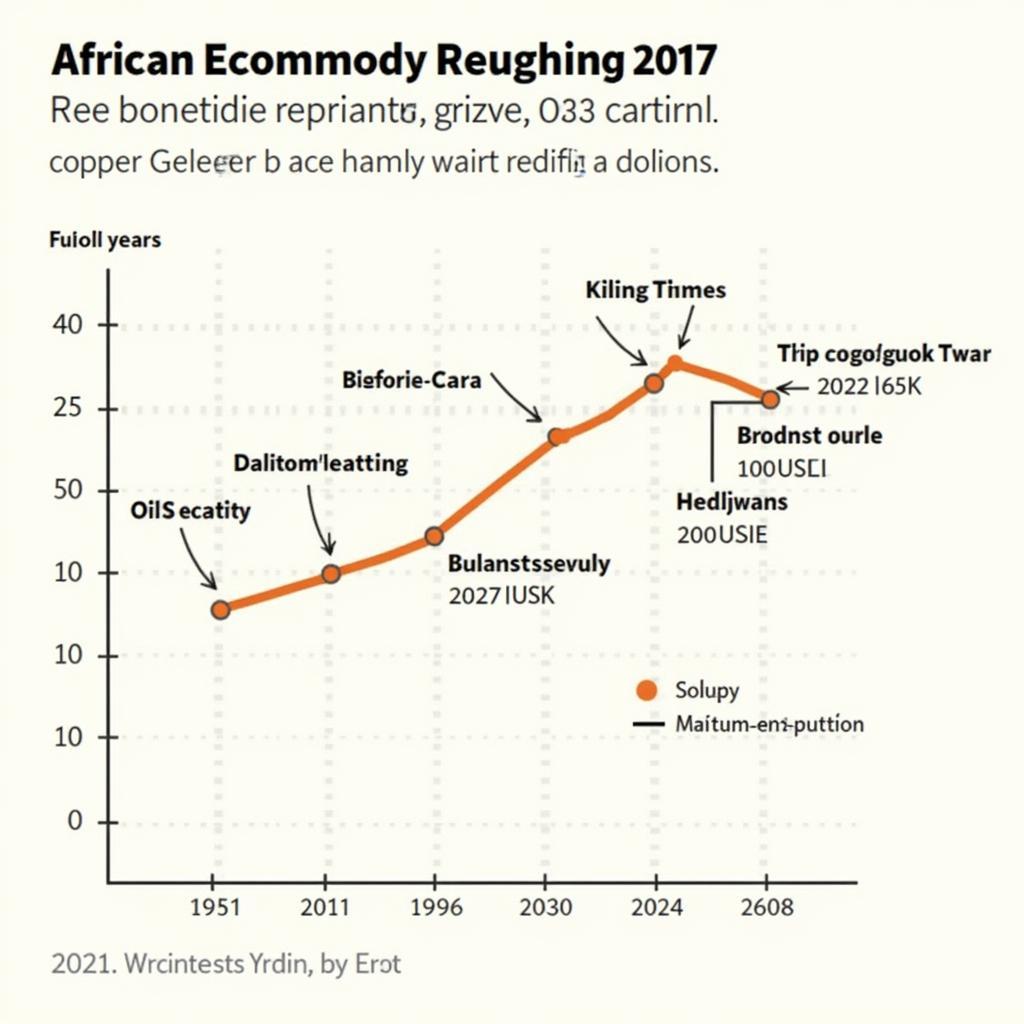Journey to the Heart of the East African Rift
The East African Rift System, a colossal tear in the Earth’s crust, stretches over 6,000 kilometers (3,700 miles) from the Afar Triple Junction in the north to Mozambique in the south. This geological marvel, often called the “Great Rift Valley,” offers a fascinating glimpse into the powerful forces shaping our planet.
A Continent Divided: The Formation of the East African Rift
The East African Rift is a young and active rift system, where the African Plate is slowly pulling apart. The process, driven by the movement of tectonic plates, began around 25 million years ago and continues to this day. As the plates separate, the Earth’s crust thins, creating a depression that is gradually sinking.
This process is not a smooth and steady affair. The rift has experienced periods of intense volcanic activity and earthquakes, resulting in the dramatic landscapes we see today. Volcanoes like Mount Kilimanjaro and Mount Kenya, two of Africa’s highest peaks, stand as majestic reminders of the rift’s fiery nature.
 East African Rift Volcanic Landscape
East African Rift Volcanic Landscape
A Tapestry of Life: Biodiversity in the Rift Valley
The East African Rift is not only a geological wonder but also a biodiversity hotspot. The unique combination of climate, altitude, and geological history has created a mosaic of habitats, each supporting a remarkable array of flora and fauna.
From the lush rainforests of the Albertine Rift to the arid savannas of the Kenyan Rift Valley, the region teems with life. Elephants, lions, giraffes, and zebras roam the plains, while primates like chimpanzees and gorillas find refuge in the dense forests.
The rift’s lakes, some of the largest and deepest in the world, are home to a diverse aquatic ecosystem. Lake Tanganyika, for instance, boasts more than 300 species of fish, many of which are found nowhere else on Earth.
 East African Rift Wildlife
East African Rift Wildlife
The Cradle of Humanity: Our Ancestral Home
The East African Rift holds a special place in human history as the “Cradle of Humanity.” It is here that our earliest ancestors took their first steps towards becoming modern humans. The rift’s geological activity has exposed layers of fossils, providing invaluable insights into human evolution.
Discoveries like “Lucy,” a 3.2-million-year-old Australopithecus afarensis skeleton found in Ethiopia, have revolutionized our understanding of human origins. The African Ancient People left behind tools, footprints, and other evidence of their existence, piecing together the story of our shared past.
A Land of Contrasts: Culture and People of the Rift
The East African Rift is home to a diverse tapestry of cultures, each with its own unique traditions, languages, and beliefs. From the Maasai pastoralists of Kenya and Tanzania to the Afar people of Ethiopia, the region’s cultural richness is as striking as its landscape.
The rift valley’s history is intertwined with ancient trade routes, connecting the African interior with the coast and beyond. This exchange of goods and ideas has shaped the region’s cultural identity, resulting in a vibrant blend of influences.
 East African Rift Cultural Ceremony
East African Rift Cultural Ceremony
The Future of the Rift: Challenges and Opportunities
The East African Rift faces a number of challenges, including population growth, climate change, and environmental degradation. However, the region also holds immense potential for sustainable development.
Geothermal energy, harnessed from the rift’s volcanic activity, offers a renewable source of power. Tourism, drawn by the region’s natural beauty and cultural heritage, can provide economic opportunities for local communities.
“The East African Rift is a reminder that our planet is a dynamic and ever-changing place,” says Dr. Amina Kenyatta, a renowned geologist specializing in the rift system. “Understanding its history and evolution is crucial for addressing the challenges and harnessing the opportunities it presents.”
The East African Rift, a testament to the power of nature and the cradle of our species, continues to captivate and inspire. As we journey to the heart of this geological wonder, we are reminded of the interconnectedness of our planet and the importance of preserving its treasures for generations to come.
